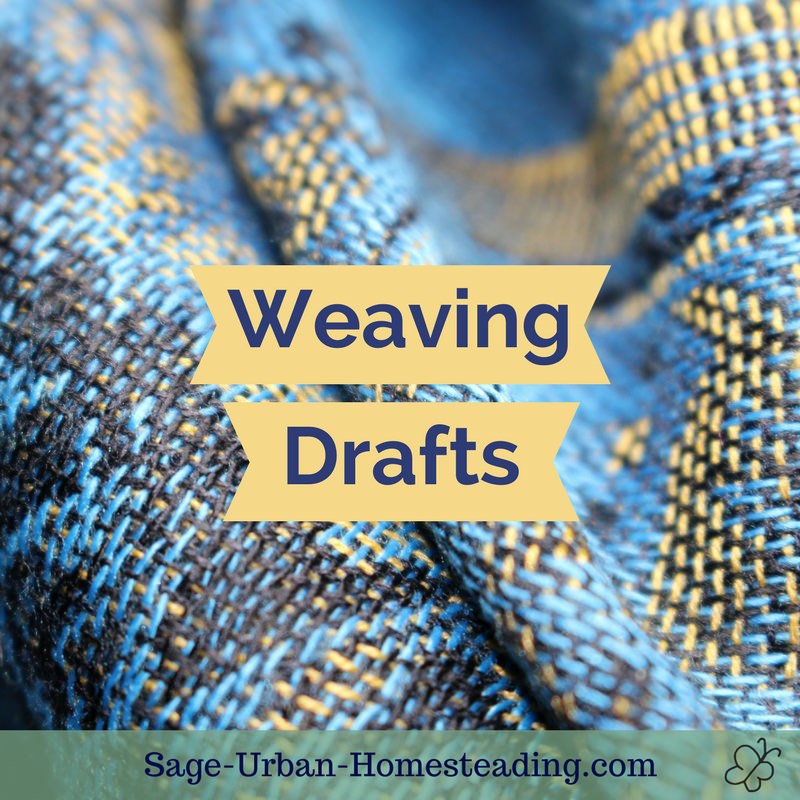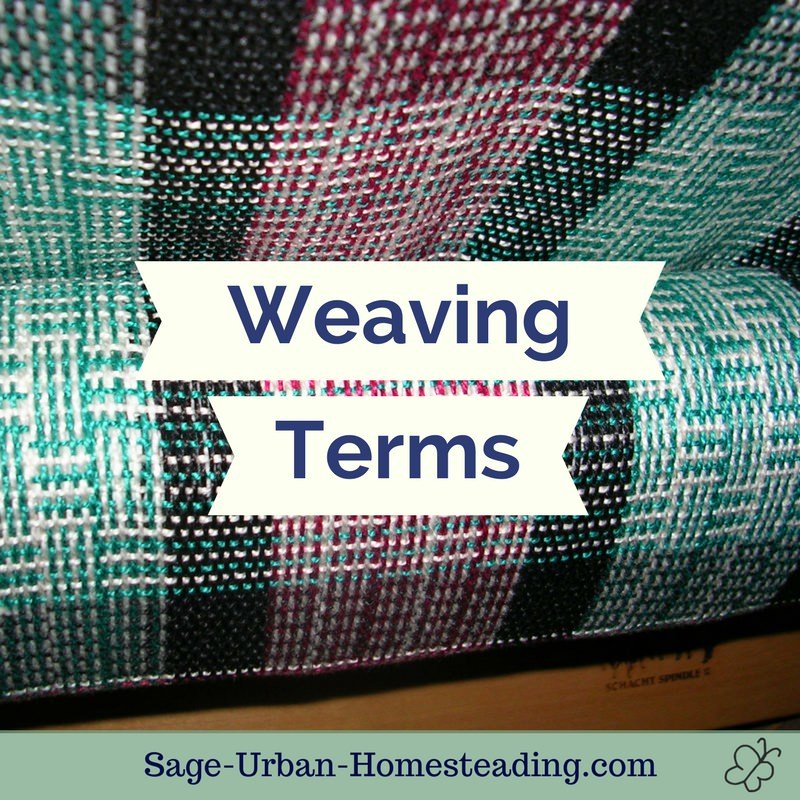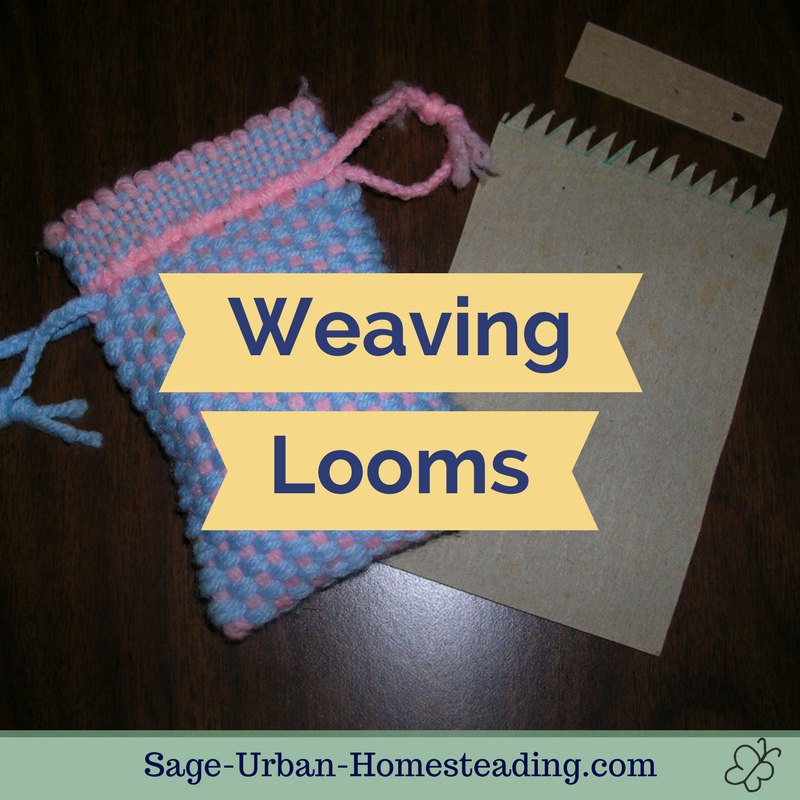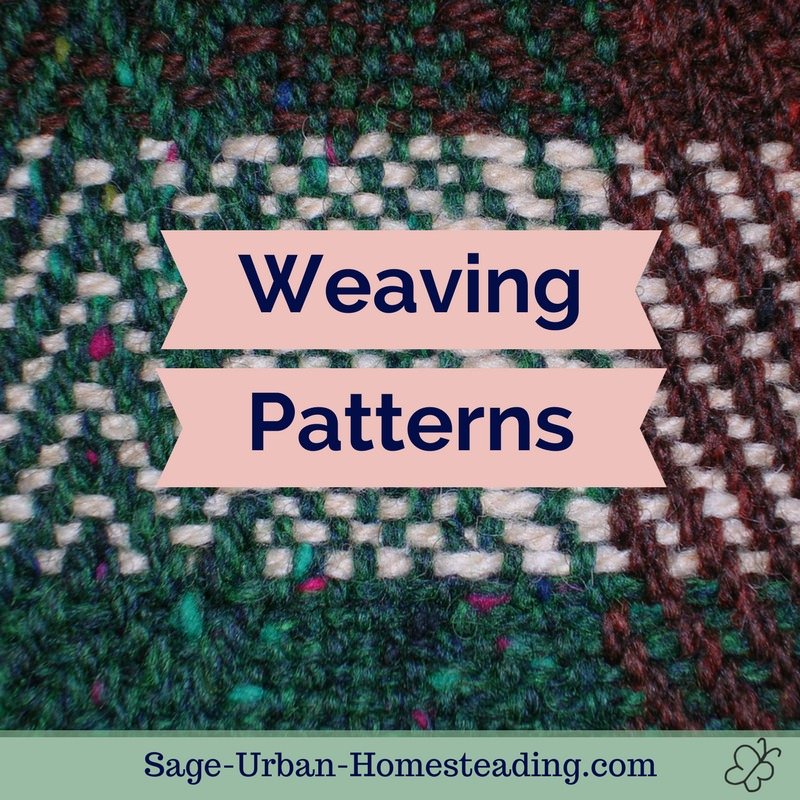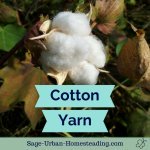FYI: I earn a small commission from some links and advertisements.
Weaving Drafts
I thought weaving drafts were confusing at first, but once you understand them they really tell you a lot.
How to Read Drafts
There are four parts to a draft chart.
- Threading
- A long horizontal grid, tells you how to thread the heddles. The rows represent harnesses. Start counting from the bottom.
- Tie-up
- A grid that is usually 6 blocks across to represent the six treadles and 4 or 8 blocks high to represent the number of harnesses or shafts. It tells you how to combine the harnesses so they rise together when a foot treadle is pressed.
- Treadling
- A long vertical grid down the side that tells you how to raise the harnesses in pattern.
- Draw-down
- If shown, the area depicting the woven pattern. This is usually only the pattern of the fabric threads and has nothing to do with the yarn colors.
If you want to manipulate weaving patterns on the computer (.WIF files), download WeaveDesign for free or with a donation to the nonprofit guild. I have tried it, and it's really easy to use.
Links to Free Weaving Drafts
Here's my weaving board on Pinterest where I've collected some beautiful free patterns and inspirational photos. You'll also find some DIY loom ideas.
Have you tried any of these or do you have another favorite weaving pattern? Please tell me about it!
You'll still need to calculate the amount of yarn to use and sleying the reed sett. For that, nothing is better than The Weaver's Companion book! I keep a copy on the shelf next to my loom and use it all the time.
How to Keep a Time Log and Project Records
I try to keep detailed records of all my projects in my weaving binder.
I found the form to fill out in Learning to Weave by Deborah Chandler. Some people also weave small swatches to include with the form, but I just use a photo and yarn samples. I draw a little weaving draft to record the pattern and tie up.
It's much easier to pull out a notebook with photos than to track down previous projects and try to measure them for the sett or epi number!
I always keep a time log so I know how long projects take me and how long I've been working on them. I sort of log in and log out when I sit down to weave.
When it's the actual weaving part of the project, I like to use safety pins to mark every 6 inches along one side. It makes it easier to see how far I've woven and how much farther I want to go, as well as track how quickly the project progresses.
